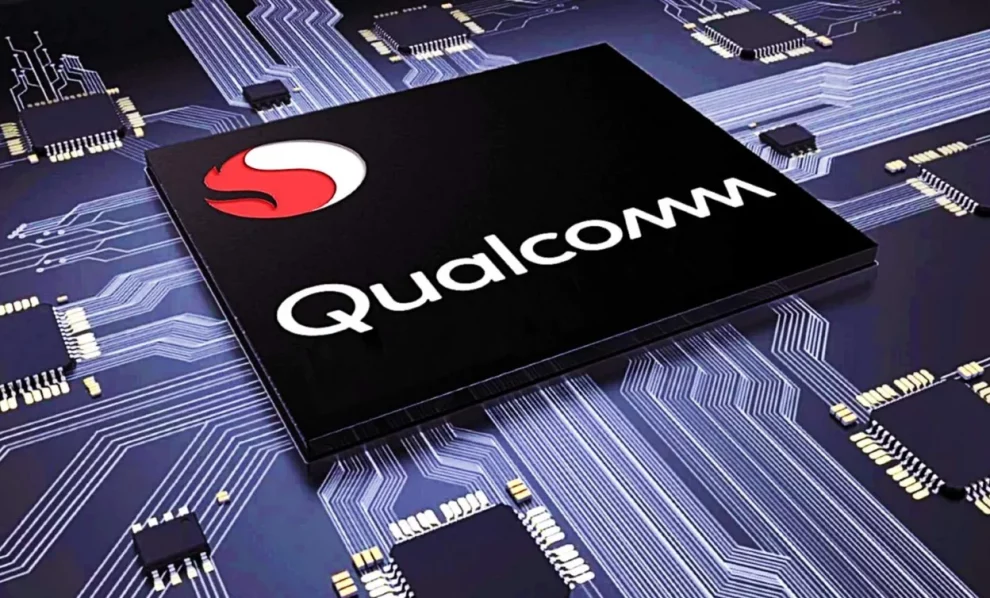Generative artificial intelligence (AI) is an emerging technology that has the potential to fundamentally change how we interact with computers and mobile devices. Two of the world’s leading chipmakers, Qualcomm and MediaTek, are racing to bring advanced generative AI capabilities to smartphones, tablets, and other electronics.
What is Generative AI?
Generative AI refers to machine learning models that can create new, original content based on the data they have been trained on. This includes generating text, images, audio, video, and more. Some examples of what generative AI can do:
- Generate articles, stories, poetry based on a prompt
- Convert text descriptions into photorealistic images and art
- Compose music in different genres and styles
- Create website layouts, logos, graphic designs
- Produce synthetic audio that mimics a human voice
Unlike most AI today which is focused on analysis and classification, generative models can tap into their training data to build new artifacts. This makes them highly versatile and applicable across many creative domains.
How Chipmakers Enable Generative AI
Running state-of-the-art generative AI systems requires extensive computing power. Modern generative models can have billions of parameters, requiring high-end GPUs or TPUs during training. Inferencing the models also demands significant memory bandwidth and power efficiency for real-time use.
That’s why companies like Qualcomm and MediaTek see huge opportunities in accelerating generative AI. By optimizing their chip architectures and software stacks for large language models and generative networks, they can bring these capabilities to smartphones and edge devices. Some ways they are doing this:
- Integrating high-performance AI accelerators into their processor designs
- Developing efficient frameworks to run models directly on device instead of the cloud
- Enabling low-power inferencing so models can run on battery-constrained gadgets
- Adding dedicated security features to keep sensitive user data safe
Qualcomm’s Approach to Generative AI
As a leading designer of mobile processors and wireless modems, Qualcomm is developing on-device AI acceleration technology to power generative applications:
Multimodal Models
Qualcomm Research is creating large models capable of processing data from multiple modalities like text, image, voice, and video. By combining data sources, the generative models become more versatile, accurate and robust. These multimodal networks could enable new immersive XR experiences and digital assistants.
Efficient Inference
Running generative models locally on a smartphone requires energy-efficient inferencing. Qualcomm’s processor architectures incorporate dedicated AI math accelerators to enable real-time usage without quickly draining battery life. For example, the Qualcomm Hexagon processor inside Snapdragon chips has vector processors for neural networks.
Heterogeneous Computing
Since generative models tap into several parallel processors on-device, Qualcomm designer its Snapdragon systems-on-chip (SoCs) based on a heterogeneous compute architecture. This means the chip integrates central, graphics and AI processors so workloads can be optimized across domains. Software frameworks then intelligently allocate tasks to the best suited engine while coordinating data flows.
MediaTek’s Vision for On-Device Generative AI
Known primarily for its mid-range mobile chipsets, MediaTek also wants to lead in AI acceleration for mainstream devices. The company sees abundant opportunities to apply generative AI in enhancing user experiences:
Realistic Avatars
MediaTek is using generative networks to enable lifelike animated avatars which users can customize to represent themselves across apps and games. From facial expressions to speech to body movement, every aspect of the avatar is generated by AI.
AI Photo Editing
The company has introduced AI photo editing features in its chips to enhance images from a device’s camera in real-time. This includes relighting portraits, artistically stylizing pictures, increasing resolution and touch-ups.
Easy Integrations
To spur adoptions across its broad device ecosystem, MediaTek is releasing developer tools and optimized software libraries for third-parties to easily tap into the AI capabilities of its chipsets. Initiatives like MediaTek NeuroPilot provide turnkey access to high-performance generative features.
The Future of On-Device Generative AI
With companies like Qualcomm and MediaTek enabling more powerful generative intelligence in gadgets everywhere, what could the future hold as these AI models evolve?
Revolutionizing Gaming and XR
From 3D avatars to interactive storytelling, generative AI could enable far more immersive gaming experiences by synthesizing graphics, physics simulations and dialogue on the fly. Similar breakthroughs in XR could lead to expansive adaptive metaverse environments.
Personalized User Experiences
As the models have greater access to local user data like emails, browsing history and content consumption, they can help generate highly customized interfaces, recommendations and notices tailored to each person.
Faster Workflows
For creators, generative assistance woven throughout apps can automate mundane tasks. Media and entertainment workflows could see significant efficiency gains in generating graphics, videos and music tracks from textual prompts at high speeds.
New Modes of Creativity
There is great excitement around collaborating with generative models for fresh forms of ideation. Designers are prompting visual AI tools to get inspiration for logos, artists are requesting entire songs to be composed from lyrics, filmmakers are asking game engines to render virtual sets and characters.
As Qualcomm, MediaTek and other chipmakers continue maximizing on-device intelligence, the possibilities are endless. We are truly entering a new frontier era of human-AI collaboration with generative models accessible anywhere to augment human creativity like never before imaginable.
















Add Comment